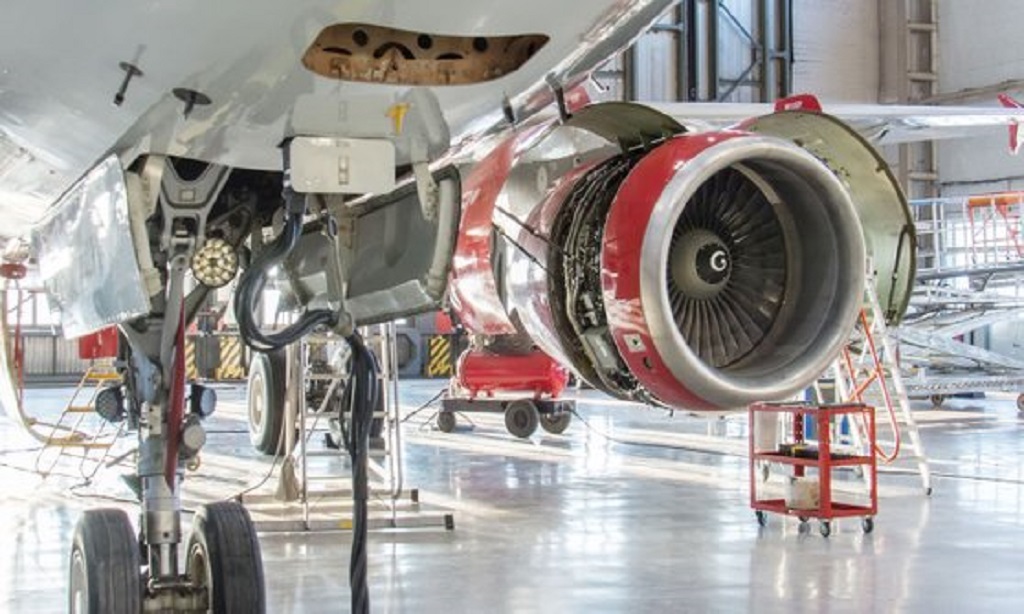Aeronautical Engineering is a discipline in engineering and technology. It is important to know how to be an aeronautical engineer. It is one of the most valued professionals currently industrial and employment levels for its important economic and social development role. Many young people are inclined to this discipline because of their tastes and preferences. Still, to succeed in the area, it is necessary to have solid knowledge and certain professional skills.
How to be an aeronautical engineer
The Aeronautical Engineer is a professional in charge of the design, control, manufacture, and equipment capable of flying. For example, aircraft and space equipment. Due to its tasks, it is a profession that requires a diverse knowledge of aerodynamics, mechanical engineering, construction, materials, and maintenance.
Due to its function, Aeronautical Engineering is highly valued in industries and companies. Professionals in the sector can work in public or private organizations such as airlines, consultancies, aircraft manufacturing companies, air navigation companies, etc.
To work as an Aeronautical Engineer, it is vital to be able to plan and direct engineering projects and make different designs adapted to each need. These professionals must also have some special skills that will help them become benchmarks in the area.
Skills needed to be an aeronautical engineer
To develop their work and obtain optimal results, the Aeronautical Engineer must be a person with a strong analytical profile and a good creative capacity to solve any problem that may arise. Also, they must have great skills in the area of mathematics and business.
You should also have the ability to multitask and anticipate each project’s needs, so you can take the necessary precautions and be prepared in the event of unforeseen events. The curiosity and ability to work under pressure are also highly valued skills in the sector.
Objectives of the aeronautical engineering career
The objectives of the career aim to train a professional who is capable of: interpreting, analyzing, solving; direct and develop their task in areas such as:
- Generation, transformation, and transmission of thermo-fluid-mechanical energy.
- Mechanisms and Machines.
- Structures of metal, wood, and composite materials.
- Hydraulic, pneumatic, fuel, air conditioning, and emergency systems.
- Flight machines.
- Transport, navigation, and air control.
- Flight control systems.
- Hygiene, safety, and environmental pollution in aeronautics.
Identify the requirements
It allows rationalizing, modernizing, and projecting the aeronautical and airport sector in the strategic context of world trends. Implement, define, and manage the state-of-the-art technology requirements necessary for aviation and airport security in the country.
Apply the principles and standards of modern organizational and business management to manage institutions in the aeronautical and airport sectors. Design innovative proposals in the institutions and companies that serve the aeronautical and airport sectors, so that they contribute to the improvement of quality and productivity in their areas.
Generate models, businesses, and companies in the aeronautical and airport sectors to offer new products and services. In this way, competition is generated that increases employment and the added value of the said activity. Promote the arts to design air routes, airports, and support for air navigation in international civil aviation.
Meeting the needs of the world’s peoples in terms of safe, regular, efficient, and economical air transportation and follow:
- Avoid wasting economic resources.
- Guarantee international security.
- Avoid bias between contracting states.
- Promote the safety of flights in international air navigation.
- Encourage development.
Aeronautical engineering: requirements
Some of the necessary qualities that are needed to be an aeronautical engineer are:
- An analytical and logical approach to problem-solving, combined with creativity and imagination.
- Ability to read and interpret engineering diagrams.
- Work within established budgets.
- Understanding the regulations on engineering permits.
- Work well on your own and as part of a team.
- The ability to stimulate other people’s ideas.
- Be flexible and able to compromise.
Communication skills to explain complex engineering information to people who lack technical knowledge. Oral and written communication skills and ability to write reports. Organizational ability to plan your own time, coordinate resources, and ensure deadlines are met.
The willingness to take responsibility for leading and motivating others. Excellent IT skills, as much of the engineering work, involves the use of computers. Keeping up with advances in technology in such a rapidly evolving field. Interest in general aviation is also helpful. Basic or advanced knowledge of English, especially if working on international projects.
Dome specific competences of the aeronautical engineer
- Mathematical skills.
- Capability for computer-aided design.
- Must be a leader.
- Have the capacity for planning.
- Capacity for foreign languages.
- Report writing skills.
- Analysis capacity.
- Ability to work in a team.
- Organizational capabilities.
Must be able to understand and interpret engineering designs. You must keep up with technological advances and have the ability to work on a budget. You must have the ability to work both alone and in a team.
Know in-depth the laws and regulations regarding engineering permits. Knowledge of the aviation industry with following this:
- Computer skills.
- Design airplanes, parts, and engines.
- Flexible approach.
- Specialized in aeronautical design, development, and maintenance study.
- Ability to motivate, to solve problems.
- Communicative skills.
- Technical skills.
Test, analyze, and adapt aeronautical products. Conduct advanced aeronautical research at a university research center. Solve problems to improve safety and reduce fuel consumption, noise, or air pollution. Ensures that safety and efficiency regulations are met.
An aeronautical engineer is in charge of projecting the airport structures that serve as air navigation. They carry out the design, manufacture, and testing of all space aircraft such as airplanes, helicopters, etc. They should also check the airport facilities, be it the control tower, the landing strips, etc.



